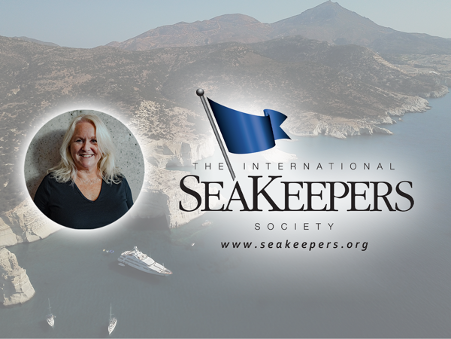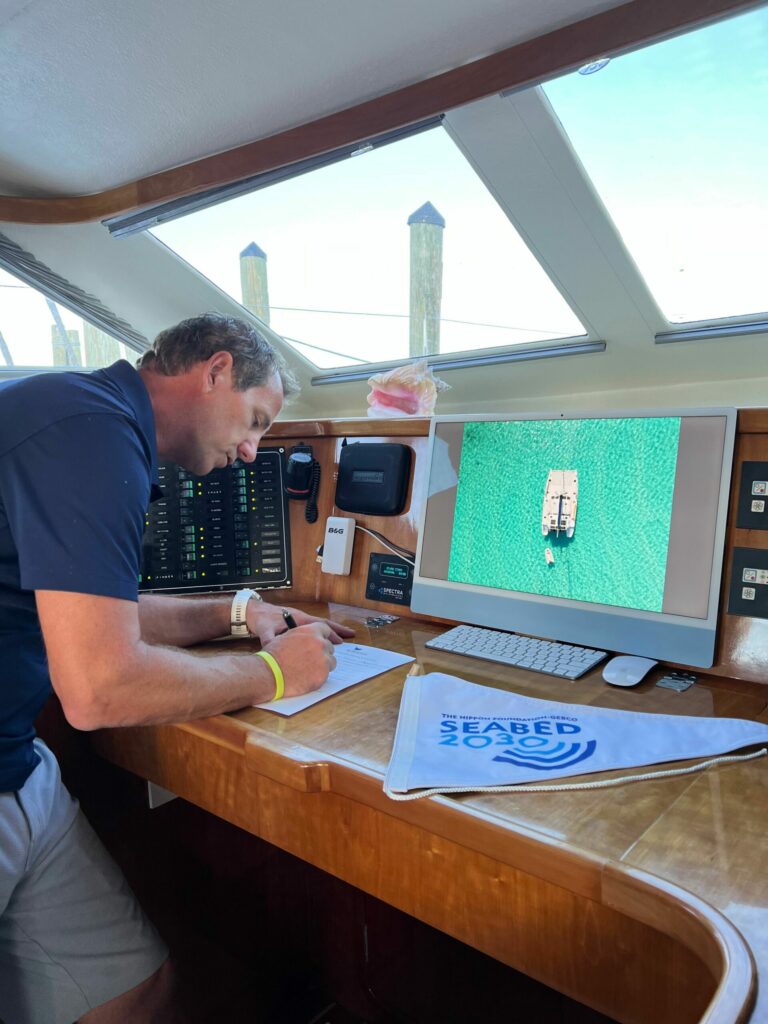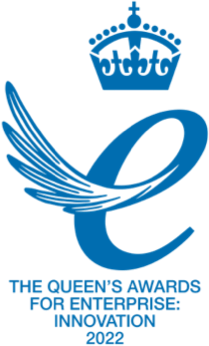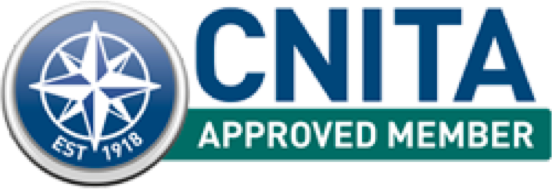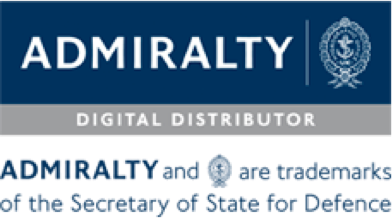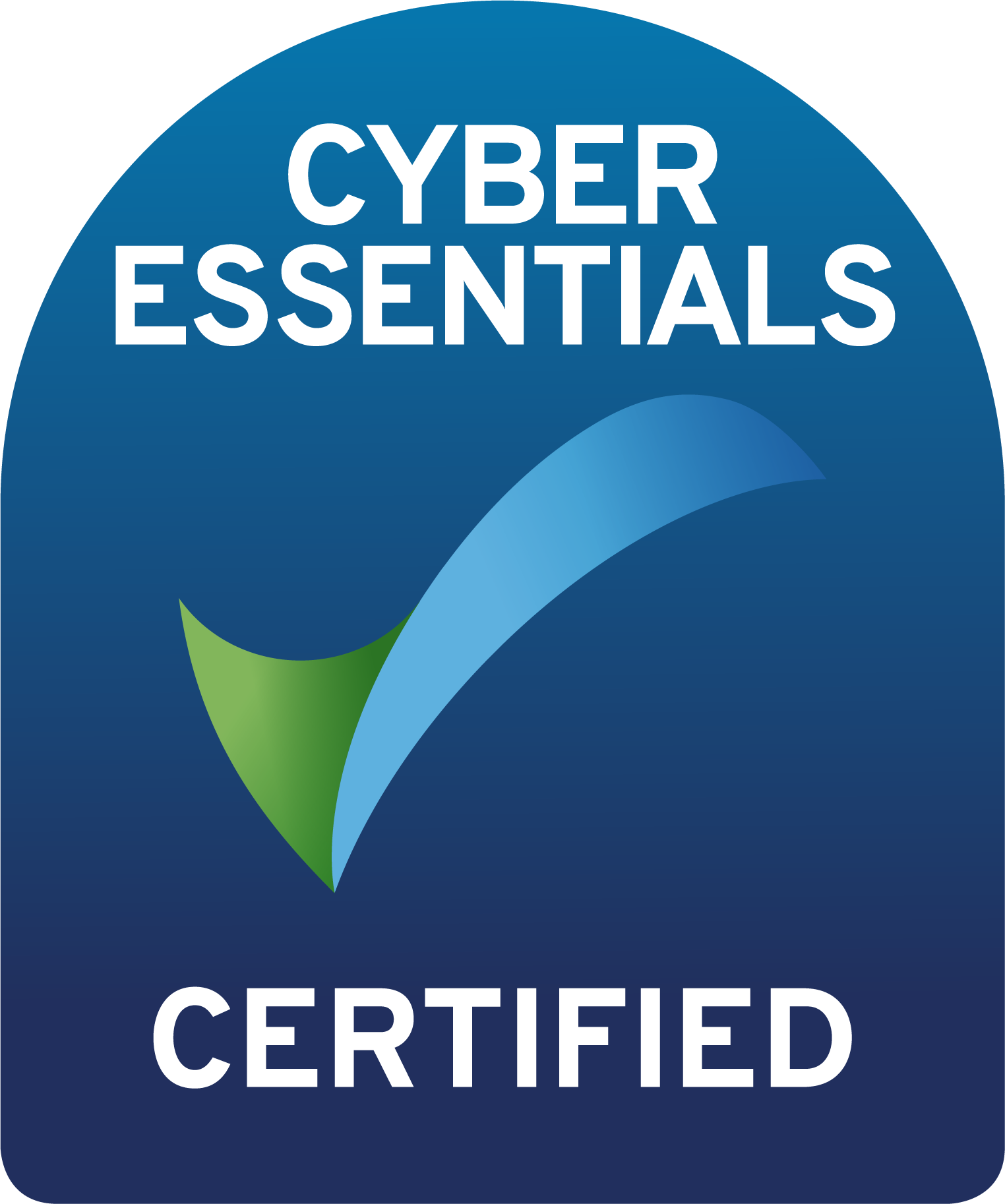The International SeaKeepers Society is on a mission to promote oceanographic research and education through direct involvement with the yachting community.
We spoke to SeaKeepers Director of International Relations, Gill Rodrigues, to find out more about the initiative and their collaboration with The Nippon Foundation-GEBCO Seabed 2030 Project.
dsnm – Who are SeaKeepers and what do they do?
Gill – “SeaKeepers are a not-for-profit organisation now in our 25th year of operation.
Through our DISCOVERY Yacht program, we work with privately-owned vessels and charter yachts around the world, putting marine scientists on board as they travel to engage in science-at-sea research projects. These scientist-led expeditions allow us to support marine conservation, research and education.”
The organisation has been responsible for numerous successful scientist-led expeditions throughout the years. By collaborating with vessel owners, they provide a research platform for international marine scientists. In 2022 alone, SeaKeepers was able to successfully complete over 13 Scientist-led expeditions.
Research included assisting the tagging and research of marine life such as Mola Mola, White Sharks, Humpback Whales and other species to learn about behaviour, migration patterns and interaction with the environment and population.
One highlight in particular saw a successful research expedition in December 2022, which was part of an ongoing effort to document the biodiversity of shark populations along Florida’s Coastline. With a research team and crew of around 13 people combined, they utilised two vessels to explore the waters, diving with lemon sharks and bull sharks to gain an understanding of their appearance, behaviours and health, as well as their interactions with each other and the dive team.
The study of these sharks over the years provided the team with exceptional knowledge, allowing them to give a full educational presentation about sharks, shark research and conservation.
The International SeaKeepers Society DISCOVERY Yacht program is not only made up of scientist led expeditions, but also citizen science projects which utilise modern technologies to allow vessel crew and guests to collect data on a range of research projects without a science team being onboard. Research includes instrument deployment, data collection and water sampling as a part of their continuing mission of research, education and conservation.
Gill – “Citizen science is becoming a popular way of data collection as it requires no scientist or crew to be on board. This can include anything from water sampling, where crew can take and report on samples during their voyage, ocean monitoring to the Seabed 2030 Project.”
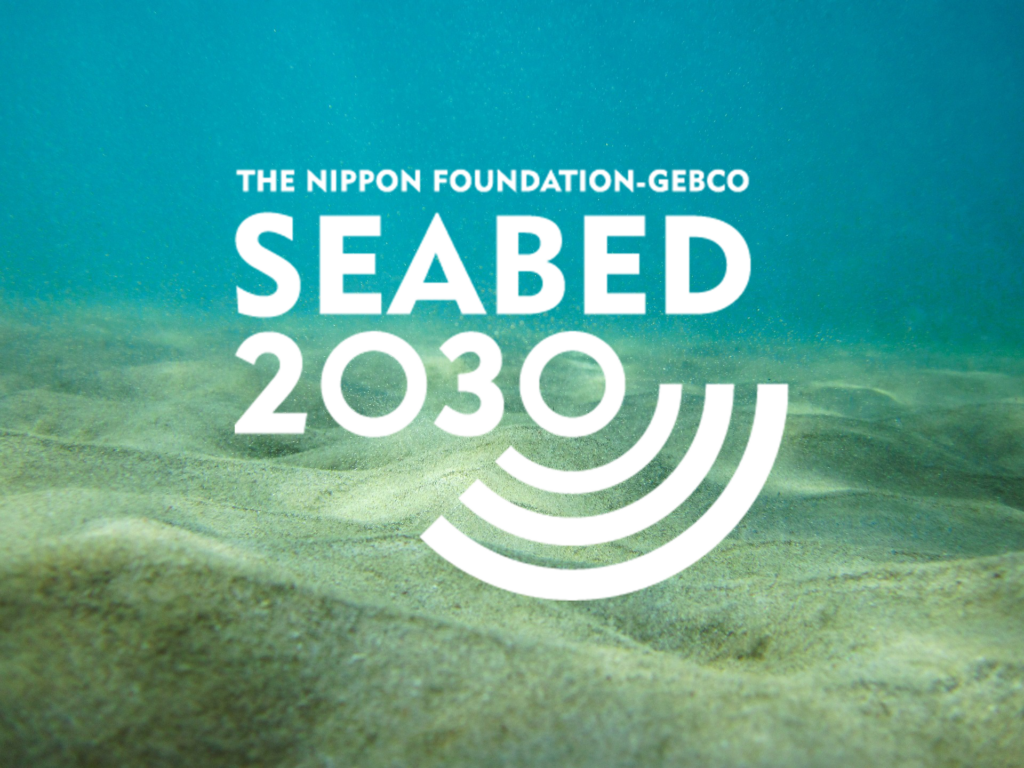
dsnm – What is the Seabed 2030 Project?
Gill – “Seabed 2030 is a global crowdsource project to accelerate ocean mapping. It is a flagship programme of the UN Decade of Ocean Science for Sustainable Development.
The project was first launched in 2017 at the United Nations Ocean Conference in 2017, aligning with their Sustainable Development Goal #14 to conserve and sustainably use the oceans, seas and marine resources.
This project installs simple hardware data loggers on a vessel’s navigation system to measure the depth between the seabed and the boat.
The bathymetric data is compiled and added into the freely available General Bathymetric Chart of the Oceans (GEBCO) Ocean Map. The mission is to use this data to map the entire world’s ocean by 2030.
We are looking to involve as many vessels in the yachting community as possible to provide a definitive map of the ocean floor. Collecting these depth measurements through crowdsourcing allows us to supplement the current coverage done by hydrographic offices, and researchers around the world.
The information from Seabed 2030 can be used to help identify uncharted territory and features such as seamounts and canyons. It can also provide data where no data previously exists and verifies already charted information. It can also assist in navigational safety and aiding other mariners and ocean scientists.
Any type of vessel can easily participate, and with more explorer vessels being launched to visit the lesser travelled parts of the ocean, we have better opportunities to gather research from more resources.”
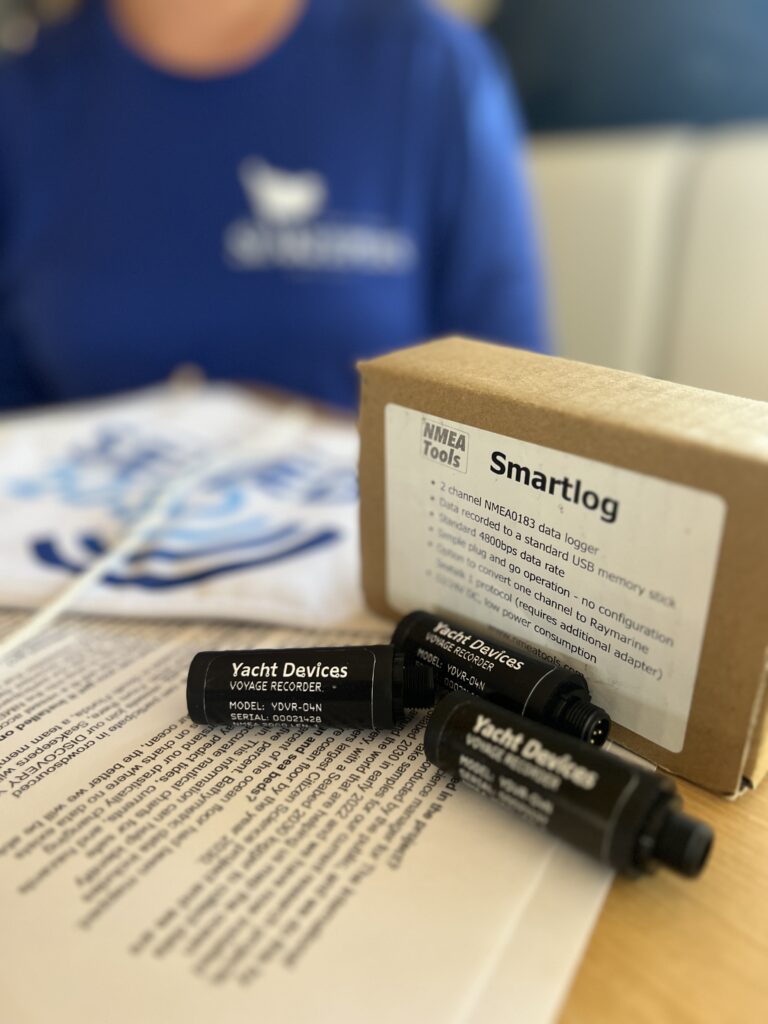
dsnm – Can you work with superyachts who prefer to remain anonymous?
Gill – “Users who are signed up can remain completely anonymous if they prefer. The information logged can be held for up 2-years before it is submitted, providing it is submitted before 2030 as that is when all the data needs to be in by. All the vessel needs to do is to install the hardware to work alongside the standard navigation instruments, and it collects the bathymetric data as they engage in their routine maritime operations. The hardware is very easy to install or integrate into the vessel’s systems.”
Are you interested in signing up to the Seabed 2030 Project?
All the vessel needs to do is to install the hardware to work alongside the standard navigation instruments, it then collects the bathymetric data as they engage in their routine maritime operations. The hardware is very easy to install or integrate into the vessel’s systems.
The devices store metadata, such as the vessel name, which can be replaced with an identifier to protect confidentiality. Before the data is posted, it is stripped of any identification, then sent to the Data Centre for Digital Bathymetry’s public repository.
To find out more and participate as a DISCOVERY Yacht click the link – seakeepers.org/seabed-2030
SeaKeepers – Research. Educate. Protect and Restore.


